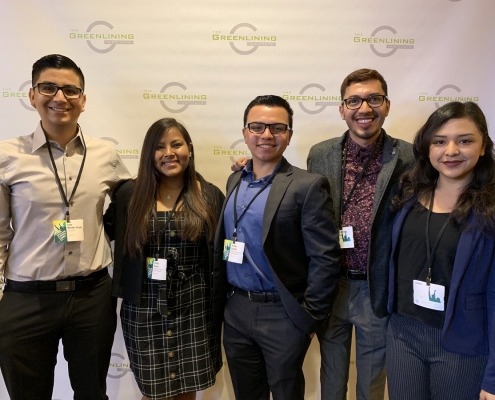
Health, Wealth, & Power: A Student’s Perspective
By Vianney Gomez and Celina Avalos As policy fellows with…
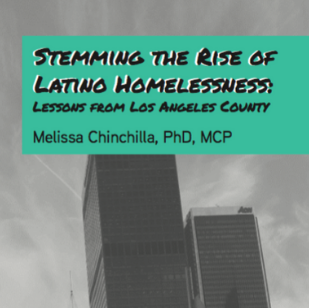
Stemming the Rise of Latino Homelessness: Lessons from Los Angeles County [LPPI Report]
Earlier this year, in collaboration with Dr. Melissa Chinchilla,…
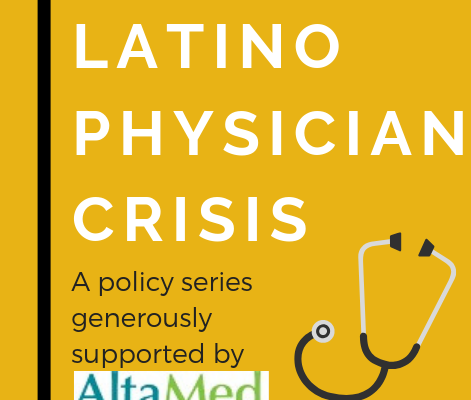
UCLA LPPI Study Identifies Barriers Latino Students Face When Pursuing a Medical Career in California
UCLA Latino Policy and Politics Initiative study finds…

Tip Work: Examining the Relational Dynamics of Tipping beyond the Service Counter
By Eli R. Wilson, Assistant Professor of Sociology, University…
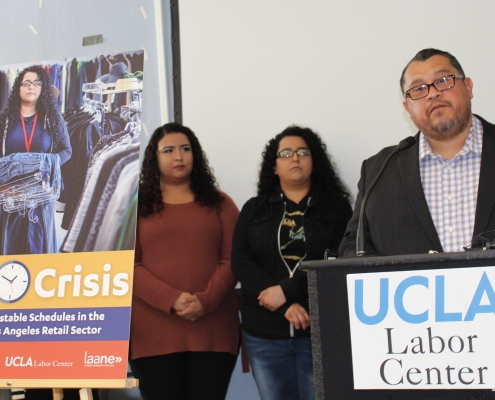
Workers in Retailing Fight for a Fair Schedule
On Saturday, March 2nd, the front page of the Business section…
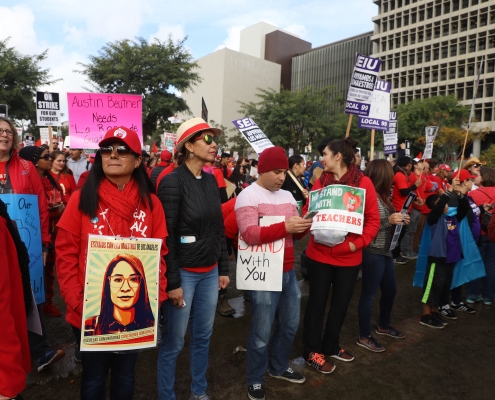
Bargaining for the Common Good: An Analysis of the Los Angeles Teachers’ Strike
By Betty Hung, Staff Director, and Kent Wong, Director, UCLA…

UCLA Lecturer Works as Lead Attorney on Texas Voter Purge Case
These last two weeks, a court in San Antonio, Texas has taken…
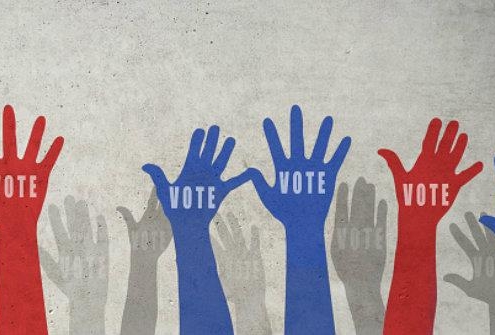
Testimony on Voting Rights Issues
The U.S. House Committee on Administration was authorized…
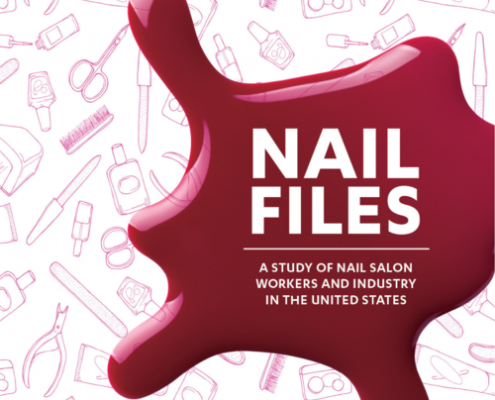
Nail Files: Low-Wage Work in the National Nail Salon Sector
By Preeti Sharma, Saba Waheed, and Vina Nguyen With the…
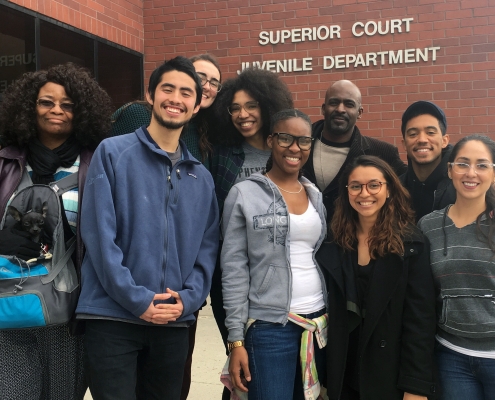
LA Social Science Presents “Conversations with Changemakers” Featuring Bryonn Bain and Rosie Rios – Part 2
By Lara Drasin Read Part 1 of this interview HERE. Bryonn…

